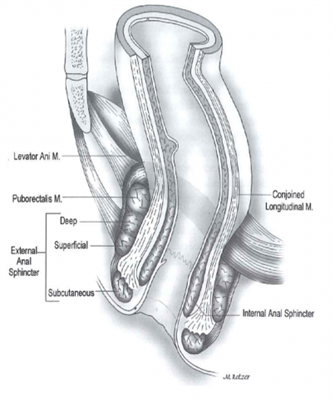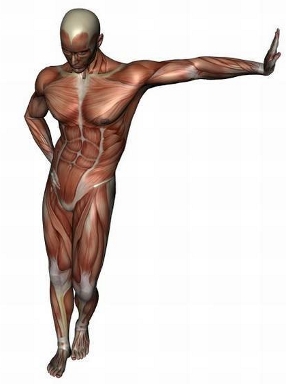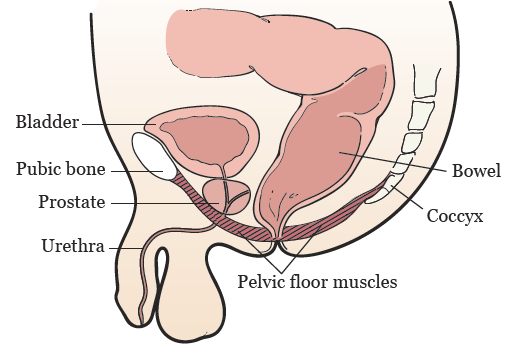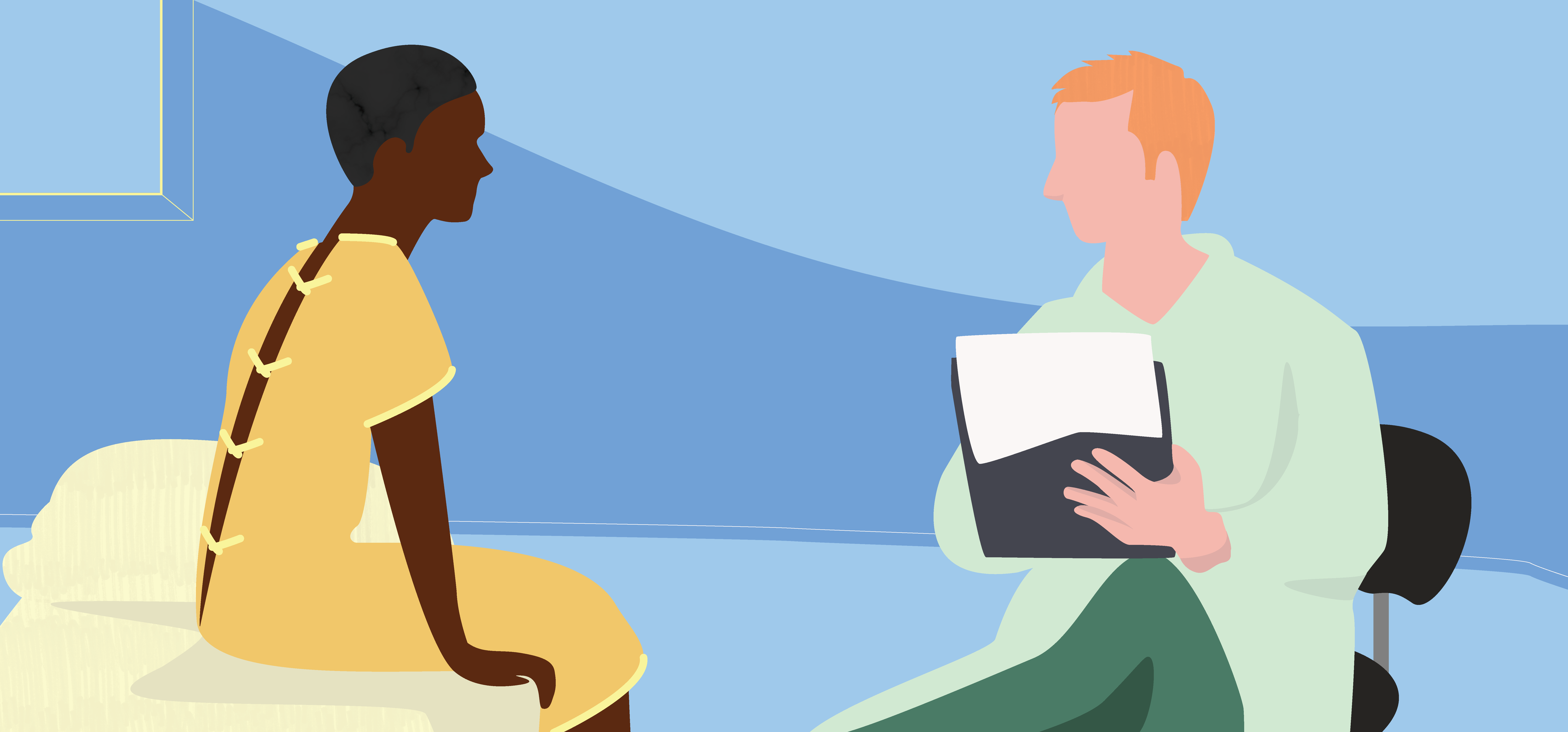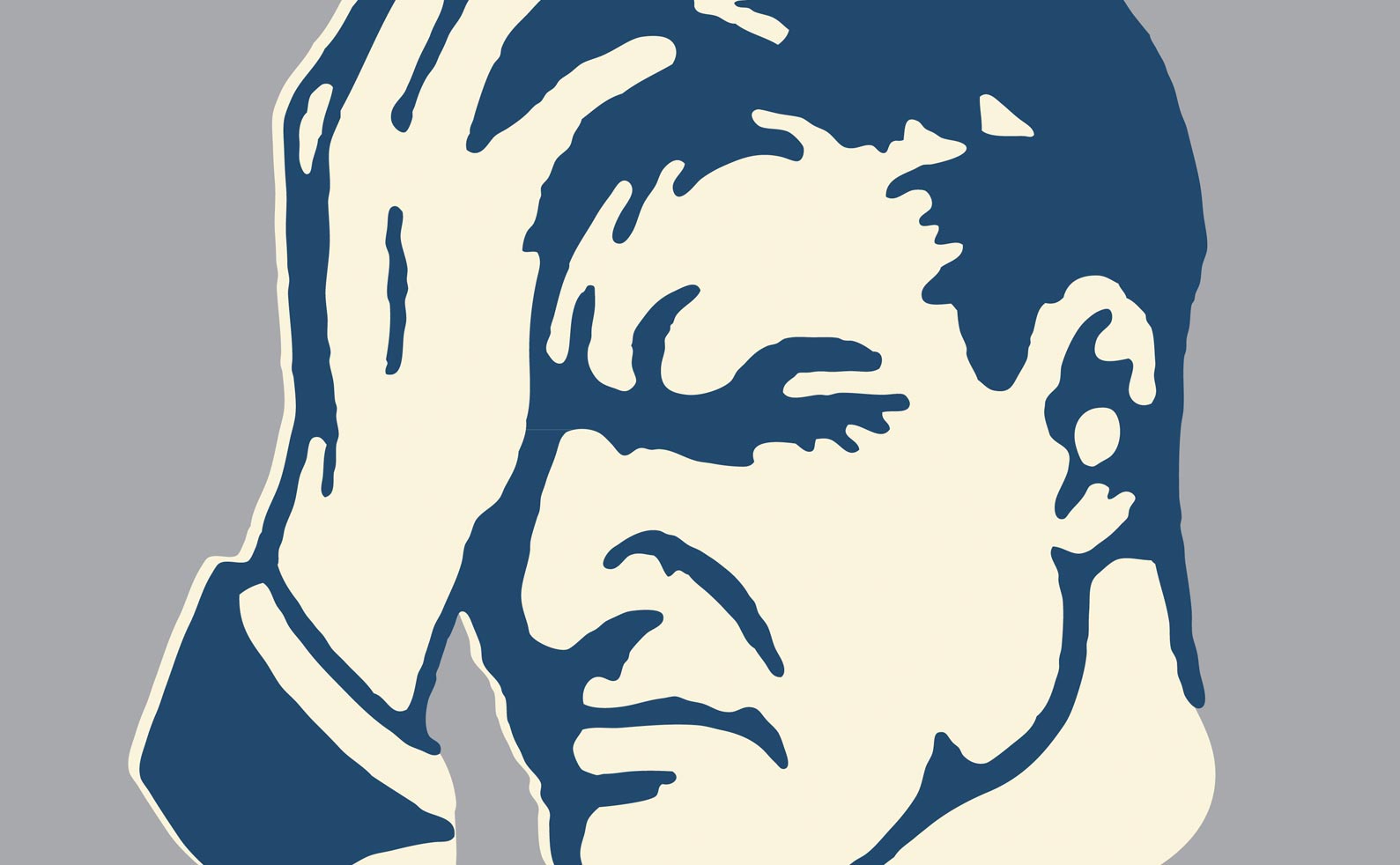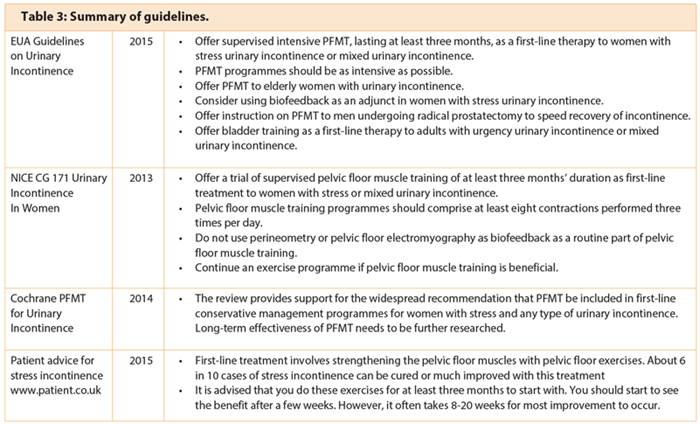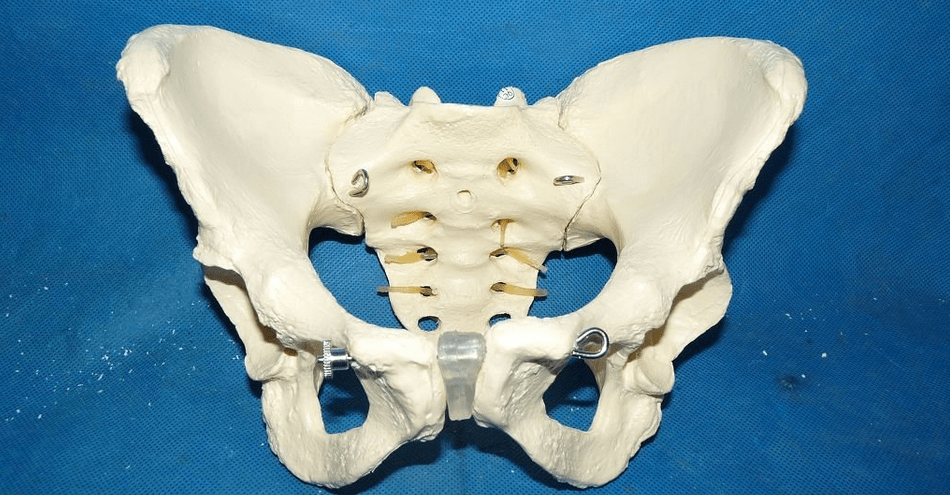Signs your pelvic floor muscles are too tight if you have an overactive pelvic floor it s highly likely that you will be experiencing some kind of chronic pelvic pain.
Tight pelvic floor muscles male symptoms.
Retention of urine.
What is pelvic floor muscle tightness.
Frequent or urgent urination.
Your pelvic floor is the group of muscles and ligaments in your pelvic region the pelvic floor acts like a.
The pelvic floor muscles are a group of muscles that attach to the front back and sides of the bottom of the pelvis and sacrum.
They can begin in early childhood as a general discomfort and as the condition develops the symptoms intensify into more severe pain and incontinence issues.
But it turns out that having overly tight or hypertonic pelvic floor muscles is an issue spoken about a lot less often even though it s equally important and comes with a whole other set of.
What happens when things go wrong with the pelvic floor.
Pelvic floor dysfunction is the inability to control the muscles of your pelvic floor.
The pelvic floor supports the rectum bladder and urethra.
Because these are muscles just like other muscles in the body they can get weak or tight or sore.
The muscles ligaments and tissues of the pelvic floor support the bladder rectum and sexual organs.
Levator ani syndrome is a type of nonrelaxing pelvic floor dysfunction.
Pain coming from the pelvic floor can be felt around the sacroiliac joints the pubic symphysis groin hamstrings buttocks iliotibial band and the abdominal and lower back.
Pelvic floor dysfunction is the inability to correctly relax and coordinate your pelvic floor muscles to have a bowel movement.
They are like a hammock.
Maybe with an ache at first but then with sudden spasms cramps when they tighten even more.
So many people talk about the need to tighten and strengthen the pelvic floor that it might seem strange to consider that muscles can be too tight.
Difficulty holding urine or bowel contents.
The symptoms associated with tight pelvic floor muscles often appear gradually.
When the supportive structures weaken or become especially tight doctors describe it as.
That means the pelvic floor muscles are too tight.
Many people with pelvic pain have pelvic floor dysfunction but specifically hypertonic muscles or muscles that are too tight.
